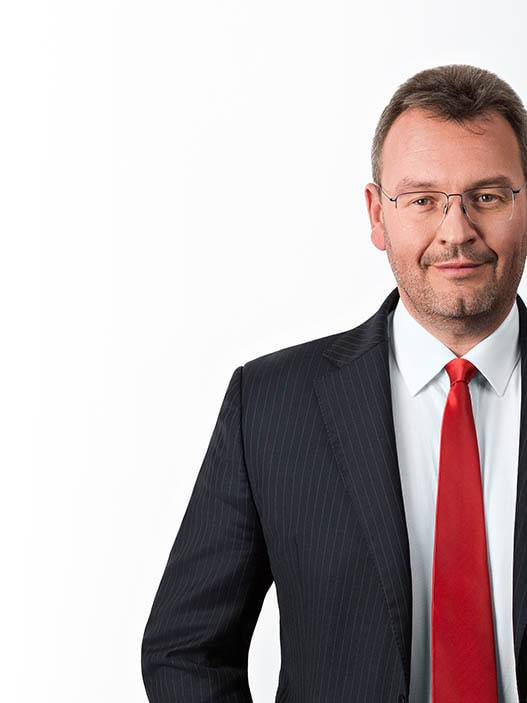Vibrant Polish property market set for further growth
The central European country has been a hotspot for real estate investors and developers for more than a decade, attracting interest with strong economic growth and low interest rates. The total value of commercial real-estate investment in Poland jumped about 45% to a record €7.2 billion last year, according to consultancy group CBRE.
“The activity in many segments of the market, mainly in the office and warehouse sectors, shows no signs of slowing down,” said Tomasz Stasiak, Co-Managing Partner and Head of the Real Estate Team, at Wolf Theiss Warsaw. “In Warsaw, as well as other major Polish cities, we see extensive construction projects underway. What’s more, new money, for example from large Asian funds, is starting to trickle into existing projects, boosting activity on the M&A market.”
Poland has become a top destination for large multinationals seeking to develop business services centers. Such facilities already employ more than 280,000 people across the country and the number of jobs is set to increase further to 340,000 next year, the Warsaw-based Association of Business Services Leaders (ABSL) predicts.
Strong liquidity and low interest rates have been a key driving force behind the real-estate market boom in Central Europe.
“The general economic outlook for the CEE region is very positive,” said Przemysław Kozdój, Head of the Banking and Finance Team at Wolf Theiss Warsaw. “Poland is in the vanguard of GDP growth among EU countries. Although over the past months we have often been warned about recession, the market players see unexpected events concerning the entire global economy as the biggest risk, rather than regional issues. The most important imminent challenge of the regional economy is the shrinking number of available employees, which is, to a certain extent, reconciled by the growing productivity of the labour force. This also shows that the status of Poland and other CEE countries is changing from developing countries to developed countries.”
Read the full text

